Car review: The electro-sceptic 2023 Honda CR-V
Sean O’Grady test drives the latest incarnation of a model that dates back to the 1990s – and finds himself wondering why Honda has devoted so much time, effort and investment in making what is basically a petrol-engined vehicle be almost as efficient as a battery-electric vehicle

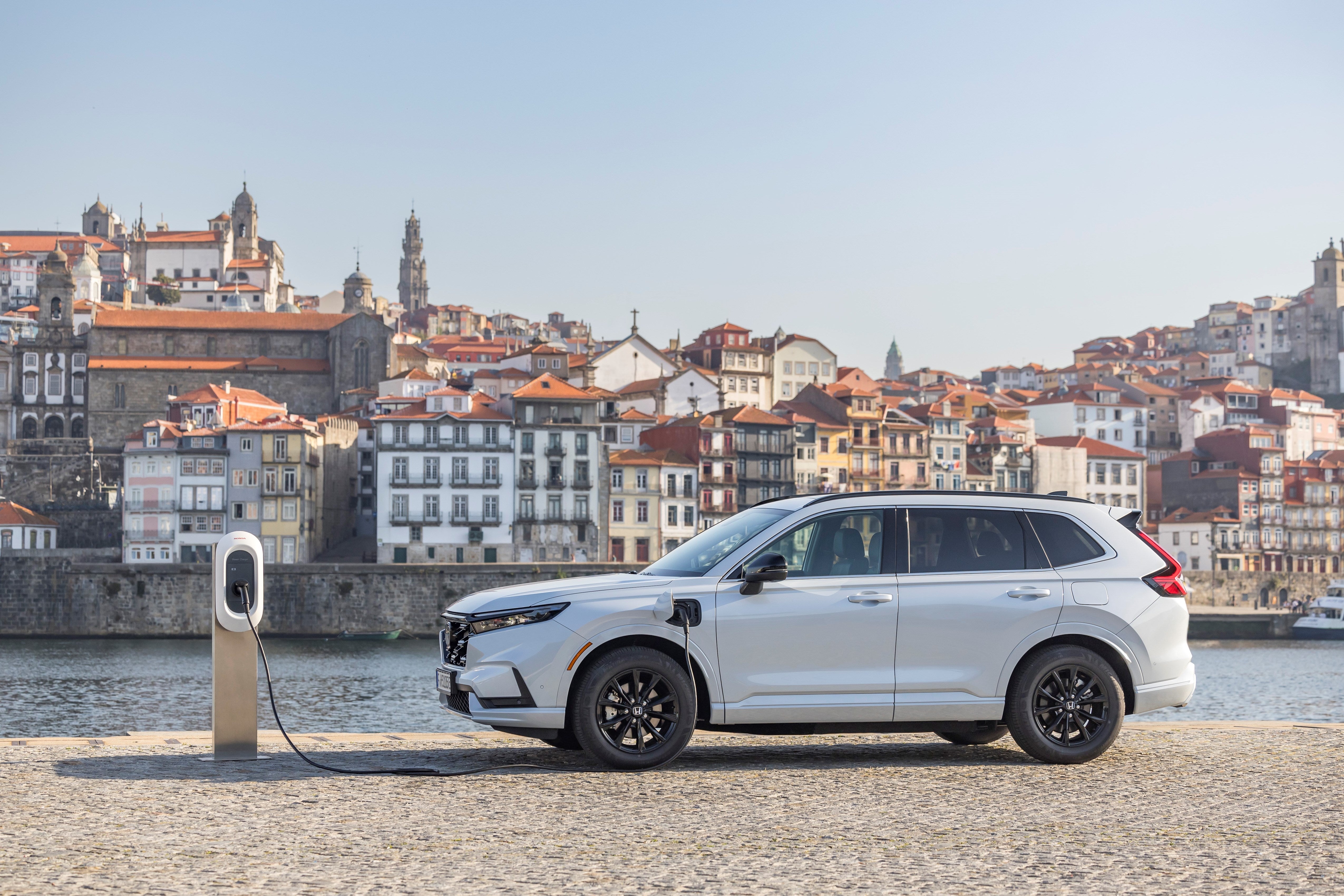
Your support helps us to tell the story
From reproductive rights to climate change to Big Tech, The Independent is on the ground when the story is developing. Whether it's investigating the financials of Elon Musk's pro-Trump PAC or producing our latest documentary, 'The A Word', which shines a light on the American women fighting for reproductive rights, we know how important it is to parse out the facts from the messaging.
At such a critical moment in US history, we need reporters on the ground. Your donation allows us to keep sending journalists to speak to both sides of the story.
The Independent is trusted by Americans across the entire political spectrum. And unlike many other quality news outlets, we choose not to lock Americans out of our reporting and analysis with paywalls. We believe quality journalism should be available to everyone, paid for by those who can afford it.
Your support makes all the difference.Honda is one of those car companies that isn’t quite convinced about the battery-electric revolution. This is brave, because in a world of automotive mega-corporations with multiple brands and mass production on a vast scale, it’s still proudly independent and, well, doing its own thing.
It does have some company in its electro-scepticism, in the form of the world’s biggest automaker, Toyota, as well as Mazda, but aside from them, it’s a little lonely.
You may have noted that Toyota was one of the few manufacturers with a UK base to welcome Rishi Sunak’s recent retreat on the new electric car mandate. Honda, if it still made cars here (and the firm is sadly missed) would no doubt have chimed in.
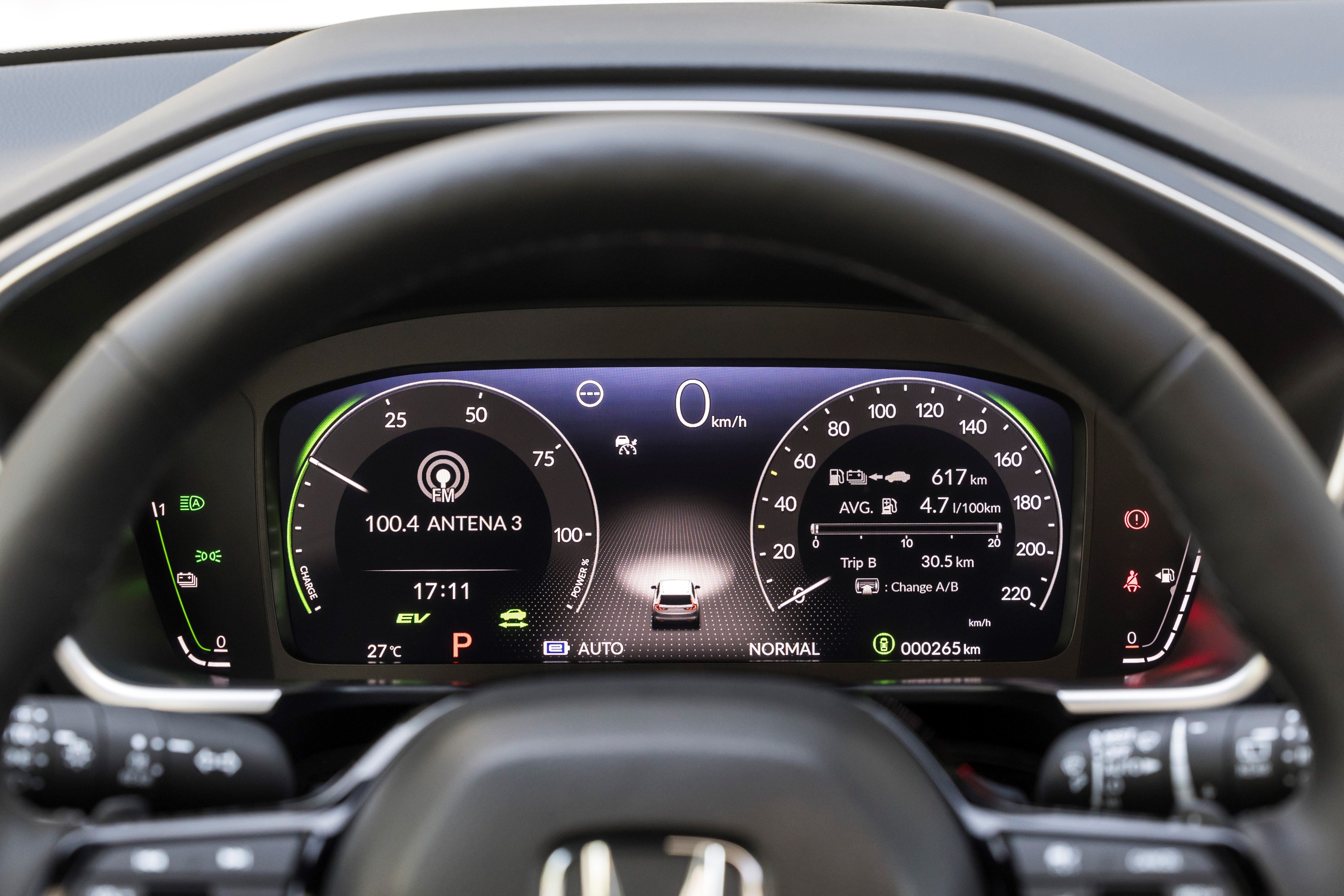
Like Toyota – for Honda, the internal combustion engine, allied with an electric motor and battery in the now-familiar “hybrid” form, shows ever-more sophisticated engineering still has a future.
Which brings us to their new CR-V, which is actually the sixth generation of a model that dates back to the 1990s, when this type of mid-sized compact SUV was a relative novelty, and its (made in Swindon) pleasantly styled CR-V was a very strong seller.
This time round it’s bigger than ever, and only comes as a petrol-electric hybrid, or a plug-in hybrid, but there’s no all-electric battery option, and probably won’t be. (Nor a diesel or petrol-only version).
I have to admit that even a car spotter (me) can’t easily recall all the iterations and facelifts of CR-V that have popped up in the intervening years, but I seem to recall that some of them weren’t exactly lookers, and, in Britain at least, they became a less common sight on the roads.
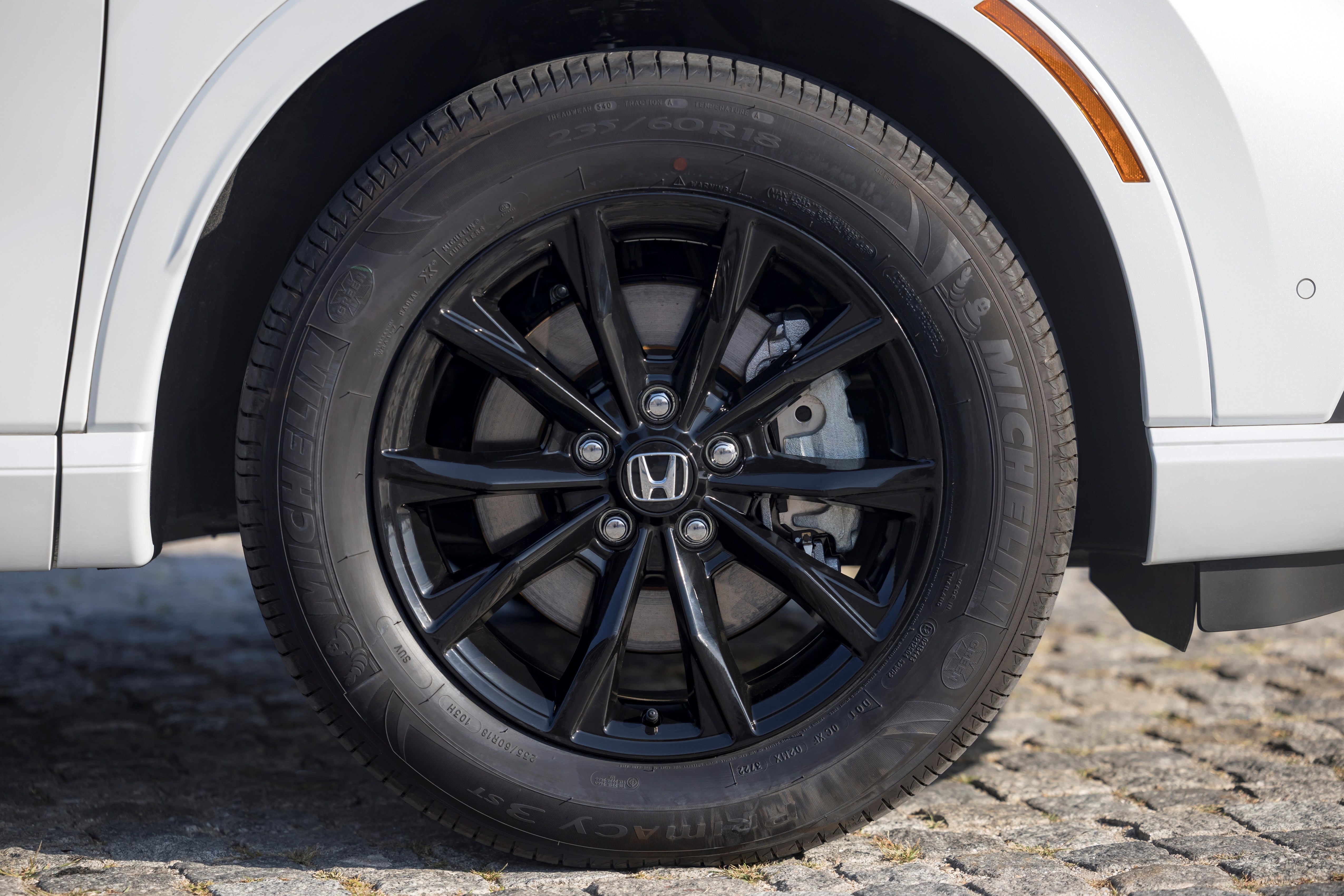
The market has become very crowded with the ubiquitous SUV, though the CR-V’s main rival remains the Toyota RAV4. Everyone from Maserati to Dacia is part of the craze now (both of those – the Dacia Duster and Maserati Grecale – are recommended, by the way).
It is fair to say that none of them, however, have the sheer density of mechanical, electrical and electronic engineering that the CR-V boasts. At least owning one would be an education. The CR-V is basically a petrol-electric hybrid, but an unconventional one in that, for most of the time, the petrol engine merely powers a generator that then drives an electric motor and that propels the thing along. In that respect it’s quite unlike the Toyota system, and more resembles Nissan’s “e-drive” system.
The Honda is unique though because at motorway cruising speeds a clutch mechanism kicks in and the petrol engine then drives the road wheels directly, but with the revs at a minimal level – unless you really put your foot down.
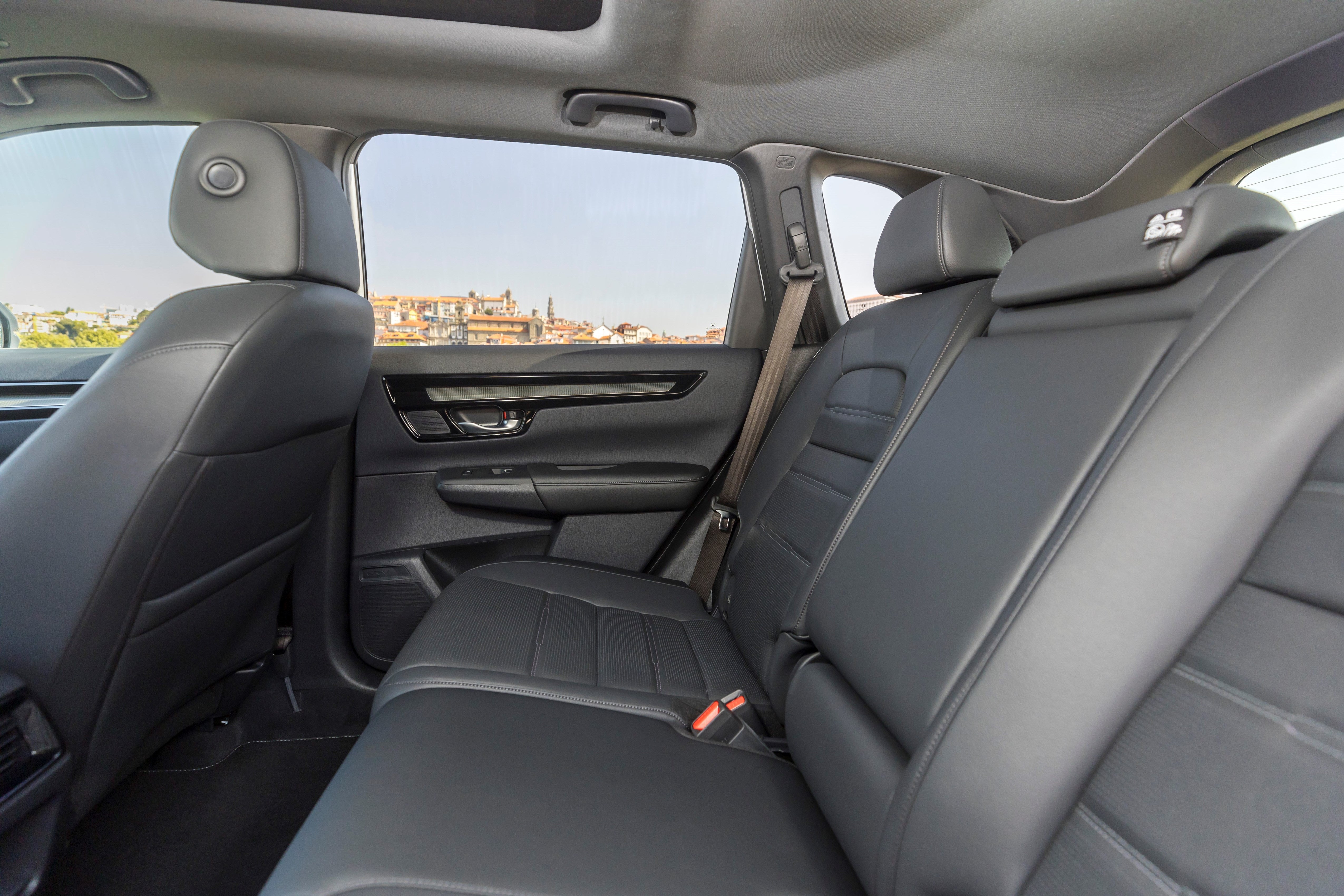
The pistons in the Honda’s four-cylinder internal combustion engine work on the unusual “Atkinson” cycle, so are optimised for economy rather than power, naturally enough – the CR-V is frankly slow and not designed to be a performance car.
On top of all that you get the usual hybrid benefits of regenerative braking, and, in another departure for Honda, a plug-in option variant with a much bigger battery pack, and the ability to go about 50 miles on pure electric power alone.
THE SPEC
Honda CR-V
Price: £45,895 - £53,995
Engine capacity: 2.0lpetrol 4-cyl, 1-sp auto + elec motor
Power output (hp): 184
Top speed (mph): 121
0 to 60 (seconds): 9.4
Fuel economy (mpg): 47.9
CO2 emissions (WLTP, g/km): 151
Last, and oddly probably least, the CR-V comes with either front-wheel drive or four-wheel drive, but it’s never going to be much use off-road – the system is really about how it drives on the road, and it doesn’t make much of a difference.
If I were going to be sarcastic, which doesn’t feel quite fair, I’d ask why Honda has devoted so much time, effort and investment in making what is basically a petrol-engined vehicle be almost as efficient as a battery-electric vehicle, rather than just building the excellent all-electric car they are surely capable of.
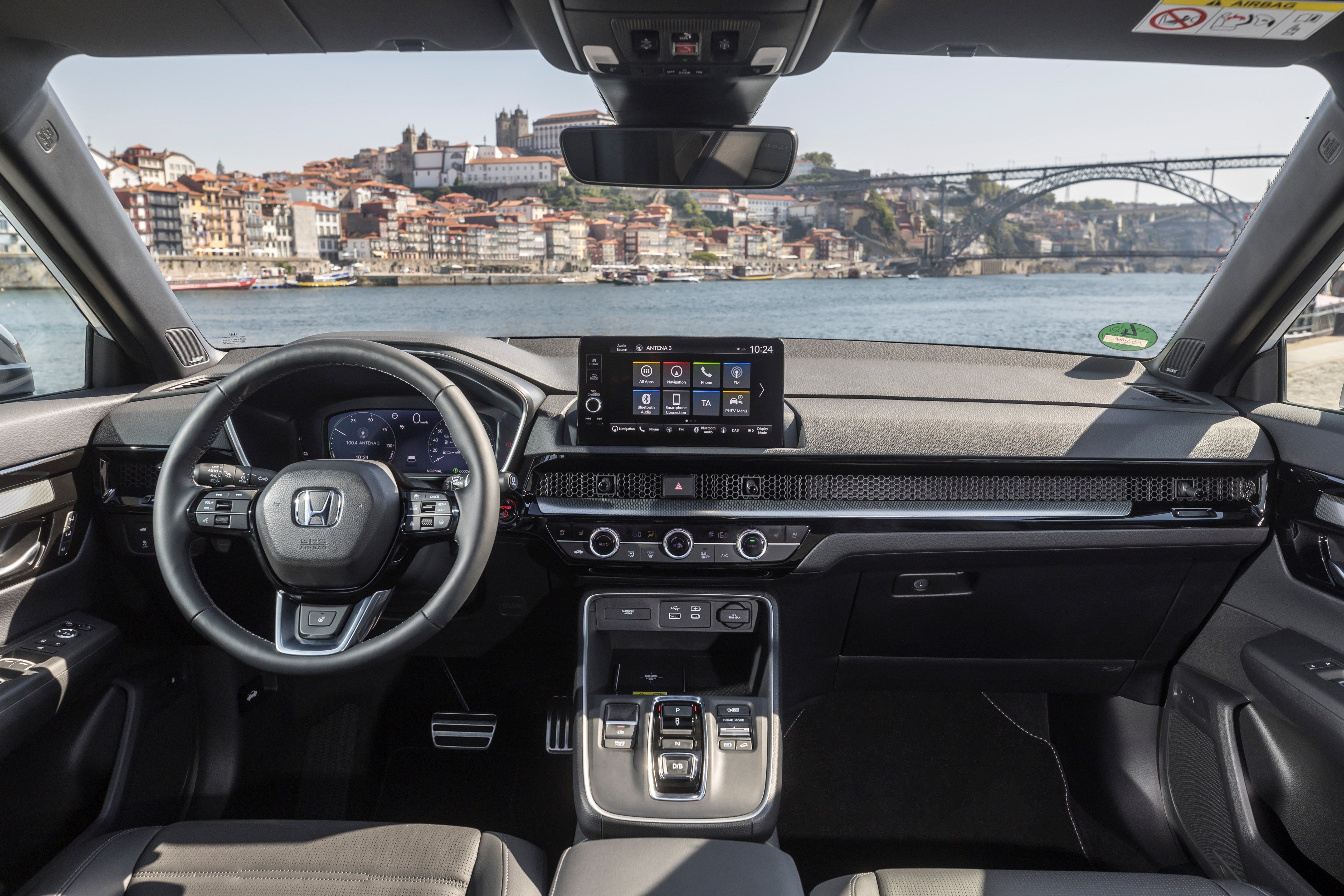
Anyhow, you don’t actually need to know any of that, and nor will you notice the sophisticated interplay of all this clever stuff, because your CR-V will switch from mode to mode seamlessly.
After so many years, the single-speed transmission system now feels more responsive than in earlier, simpler hybrid cars, and the Honda feels as smooth and light to pilot as any Civic (upon which the CR-V is based).
The car is well-equipped, but almost old-fashioned in its interior design. On the plus side, it has proper dials and buttons around the place to control the heating and entertainment, but the small screen and conventional look to those dials feel a bit quaint now.
Honda’s jewel-like “e” small all-electric car – an exception to their rule – has a digital screen that runs the full width of the dash and feels like the future. The CR-V feels more like you’ve stepped back to 2013. Some will prefer that, I suspect.
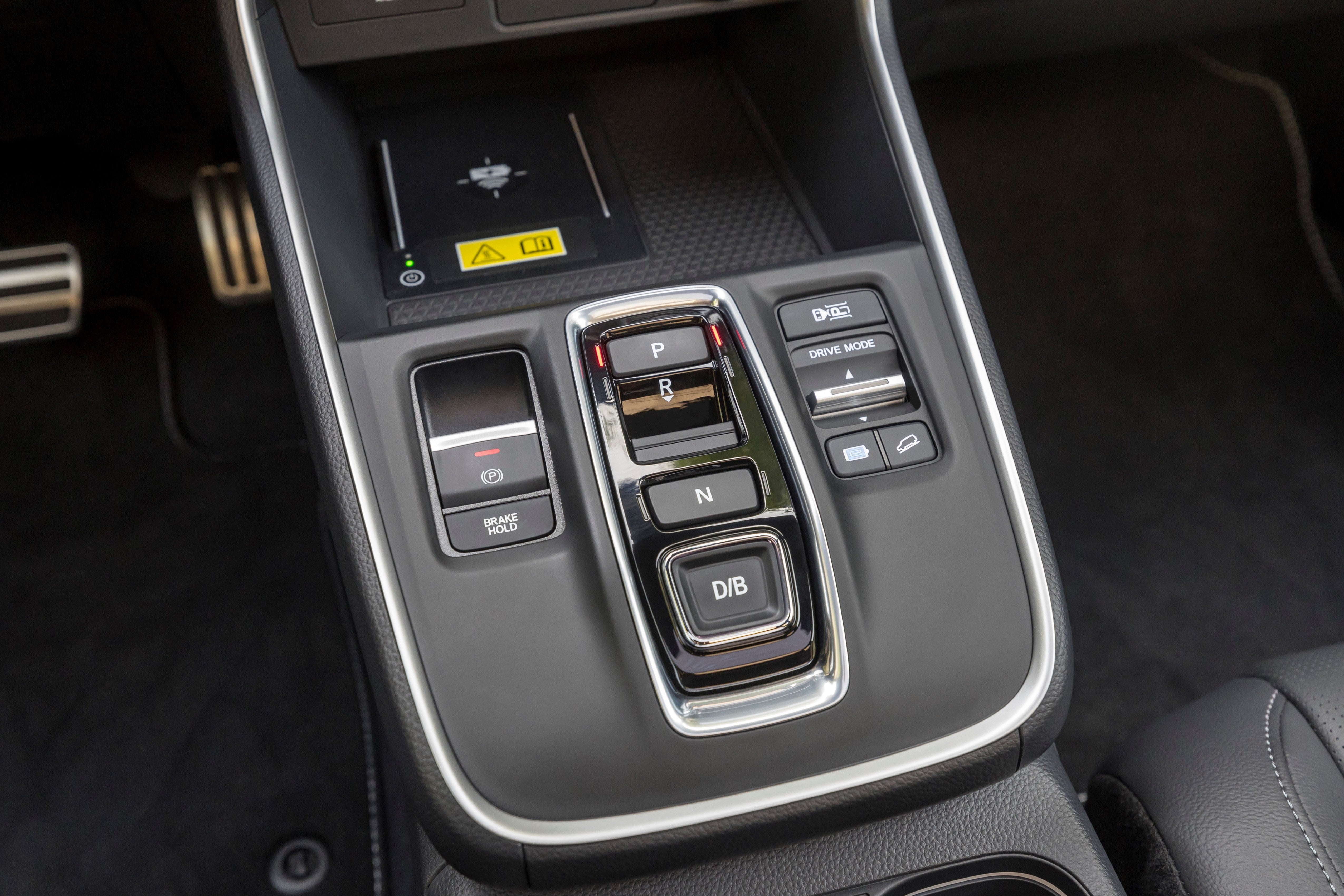
The traditional CR-V clientele will put up with the Honda’s slabby sides and highly generic SUV styling – as boring as the engineering is fascinating – but it’s priced quite ambitiously, pushing £50,000, and these days there are “premium” offerings that boast plusher cabins and a sportier drive for that kind of money.
For some reason, the rear light treatment makes the back end look like a Volvo XC60. It’s the best bit of the exterior look, but distinctive only in the sense that it is someone else’s signature look. Odd.
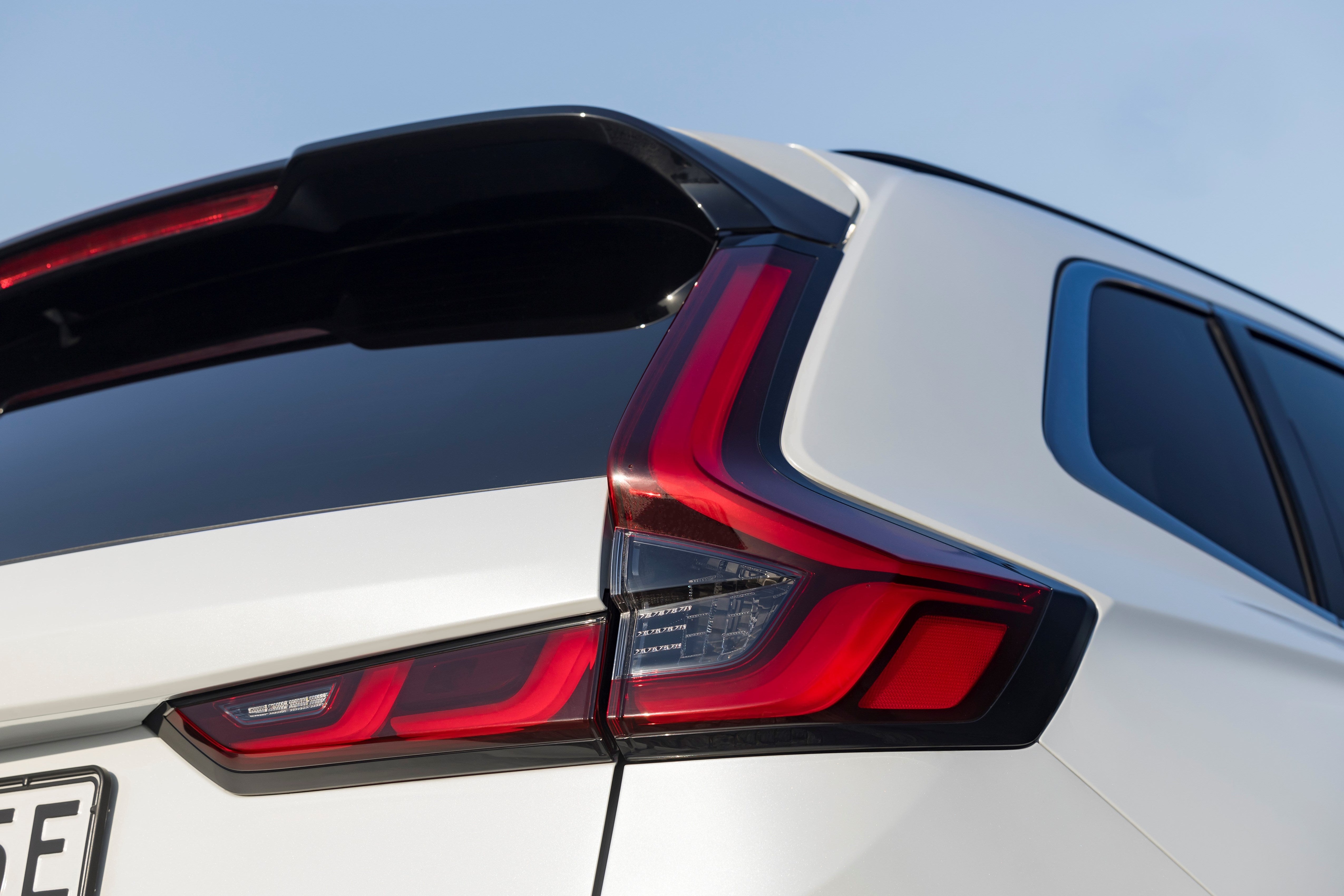
The CR-V will do the job, and is spacious, economical and reliable enough to satisfy most families, but it really is an overcrowded market out there. The other area, in this context, where Honda has made a real effort is in fitting a really impressive set of advanced automatic all-round safety collision mitigation features that should make a real difference – mostly by avoiding the odd low-speed scrape and ding rather than anything more apocalyptic (because speed still kills). Your no-claims bonus will be a principal beneficiary here.
If the Honda looked and felt as daring and as smart as its technology is underneath, it would be a class winner. As so often in life, though, the Honda’s beauty lies deep below the skin.




Join our commenting forum
Join thought-provoking conversations, follow other Independent readers and see their replies
Comments